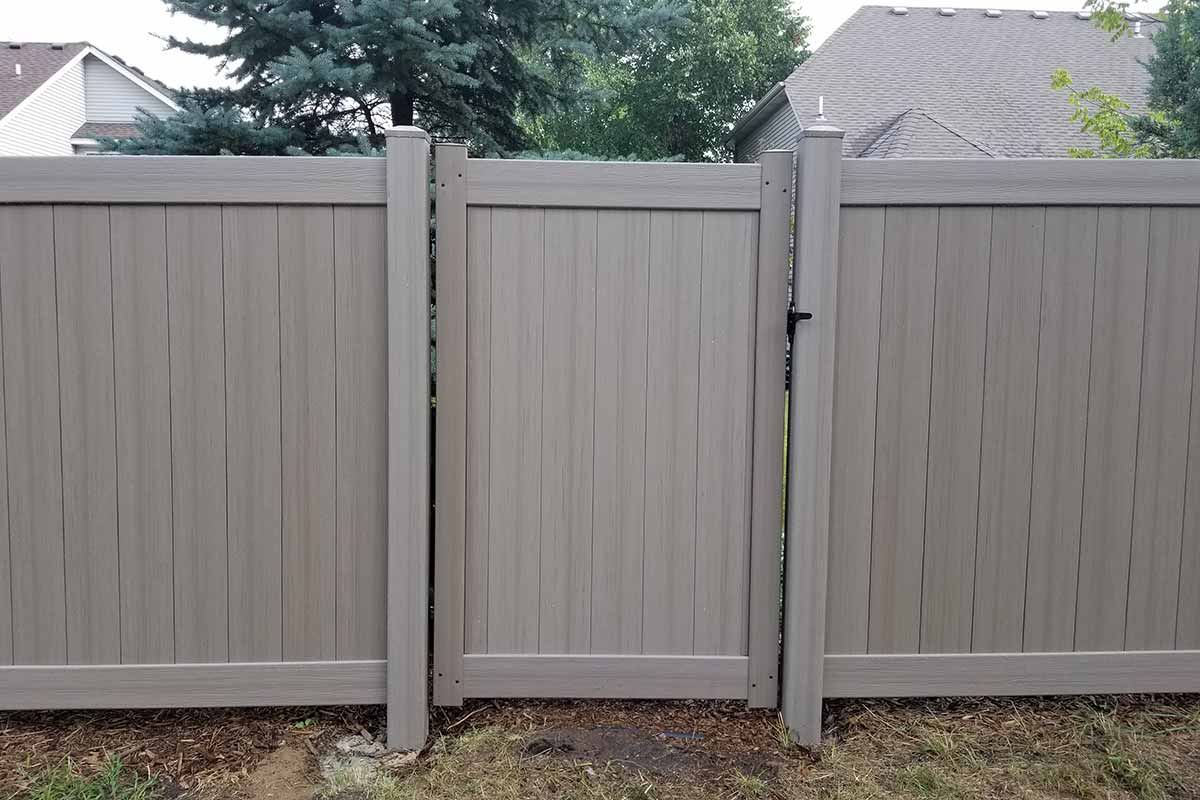Factors to Consider When Selecting Coaxial Cable

Picking coaxial cable is vital for efficient operation of system and devices. Before making purchase, here are key factors to keep in mind.
1. Frequency Range
Frequency range of coaxial cable is vital prevent signal loss or distortion. Different coaxial cables support varying frequency ranges, so it good to select one that align with specific application.
- RG6 works for TV signals and broadband internet.
- RG11 support higher frequencies and is ideal for long-distance transmissions.
- RG59 is used for lower frequency application like analog video and CCTV.
2. Impedance
Impedance is resistance a cable provides to the flow of electrical current. Coaxial cables typically come in 50 ohms or 75 ohms impedance.
- 50-ohm cables-Commonly used for radio communications, data transmission, and industrial applications.
- 75-ohm cables-Ideal for television, broadband internet, and home entertainment systems.
To ensure optimal signal transmission, always match the impedance of cable with equipment and system requirements.
3. Shielding
Coaxial cables have shield to protect signals from electromagnetic interference and radio frequency interference (RFI). Shielding vary in thickness and material, impacting the cable effectiveness in reducing interference.
Common types of shielding include.
- Braided Shielding-Provides flexibility but may not block interference completely.
- Foil Shielding-Offers better protection against high-frequency interference.
- Dual or Quad Shielding-Best for environments with high interference, such as urban areas or industrial settings.
For stronger signal protection, opt for cables with multiple layers of shield for clear and uninterrupted transmission.
4. Connector Type
The connector type is key consideration, as different devices and systems need specific connections. Choose a cable with the right connector type for equipment to ensure compatibility and easy installation. Common coaxial connectors include.
- F-Type-Used for cable TV, satellite, and broadband internet.
- BNC (Bayonet Neill Concelman)-Common in CCTV, broadcast, and radio applications.
- N-Type-Found in wireless and RF applications requiring low signal loss.
5. Cable Length
Length of coaxial cable impact signal strength. Longer cables experience signal loss and distortion compared to shorter ones. If running long cable, use low loss coaxial cables to lower signal degradation.
Using signal booster or amplifier can aid maintain signal quality for extended distances. Choosing right cable length ensure stable and clear signal transmission without unnecessary loss.
Common Uses of Coaxial Cables
Coaxial cables are in telecommunications, broadcasting, and networking because of ability to transmit high-speed data over long distances with little interference. Below are most common applications.
1. Television Transmission
Coaxial cables are the standard choice for TV transmission, delivering signals to homes and businesses while also receiving broadcasts from antennas.
2. Internet and Networking
Coaxial cables are vital in broadband internet connections. Linking modems and routers to provide high-speed access. Digital coaxial cables offer a high data transmission rate with minimal interference.
3. Security Systems
Many CCTV systems rely on coaxial cables to connecting cameras to video recorders. The provide high quality video transmission with stable connectivity. Additionally, they allow remote monitoring of surveillance footage.
4. Industrial Applications
Coaxial cables are used in industrial automation, sensors, control systems, and monitoring equipment. The durability and shield protects signal from electromagnetic interference.
5. Medical Applications
Medical facilities utilize coaxial cables for connect imaging equipment, patient monitors, and diagnostic tools. The ensure high-quality signal transmission for accurate medical imaging.
Conclusion
Coaxial cables are vital in modern communication systems. The offer reliable, high speed, and interference-resistant solution for data transmission over long distances. Moreover, the unique structure, consisting of concentric copper conductors ensures minimal signal loss and maximum efficiency.
From television transmission and internet connectivity to security systems, coaxial cables are versatile and vital component in today technology driven world. Additionally, durability and high-frequency capabilities make them a preferred choice for industries needing stable and efficient data transmission.



